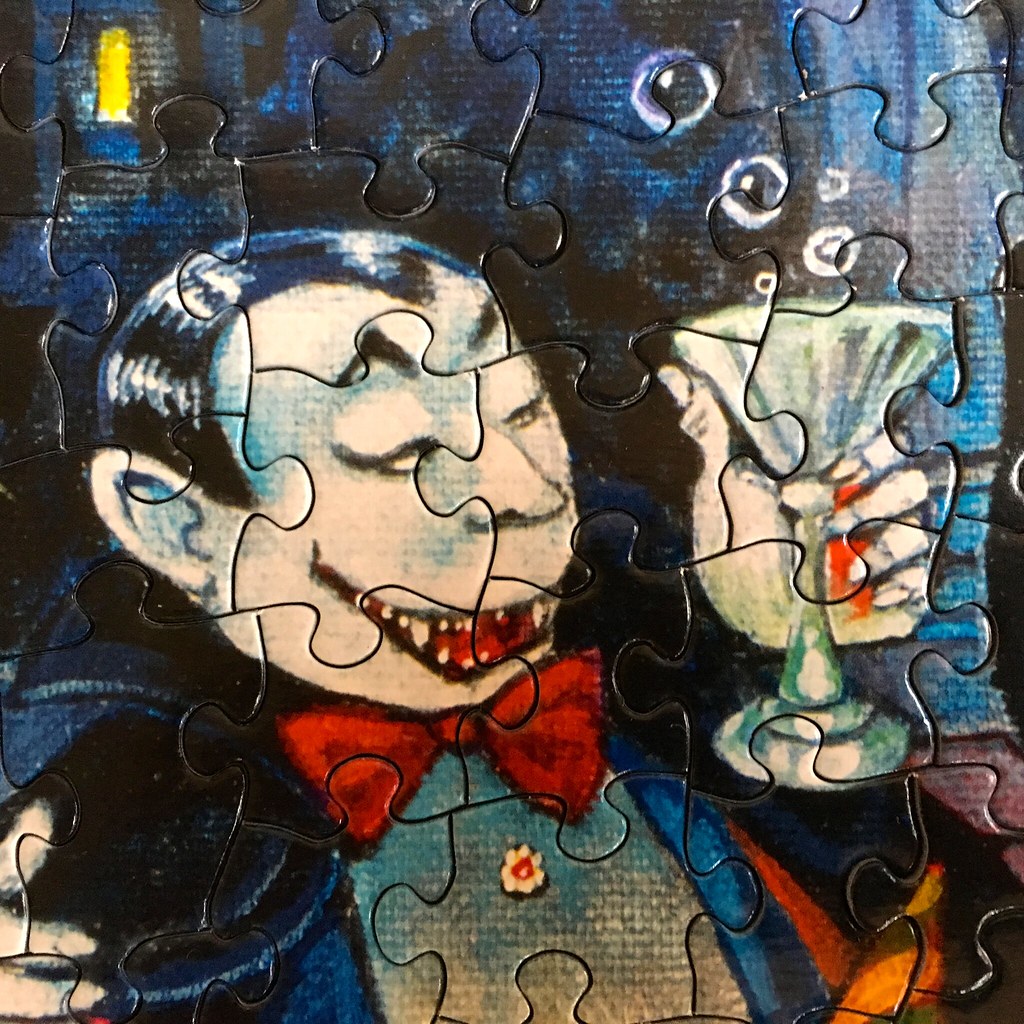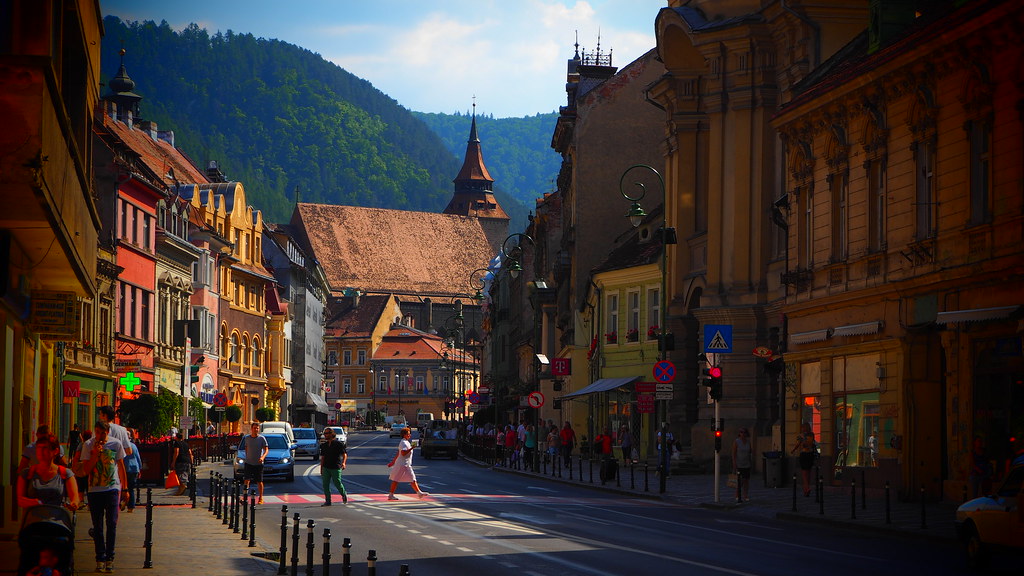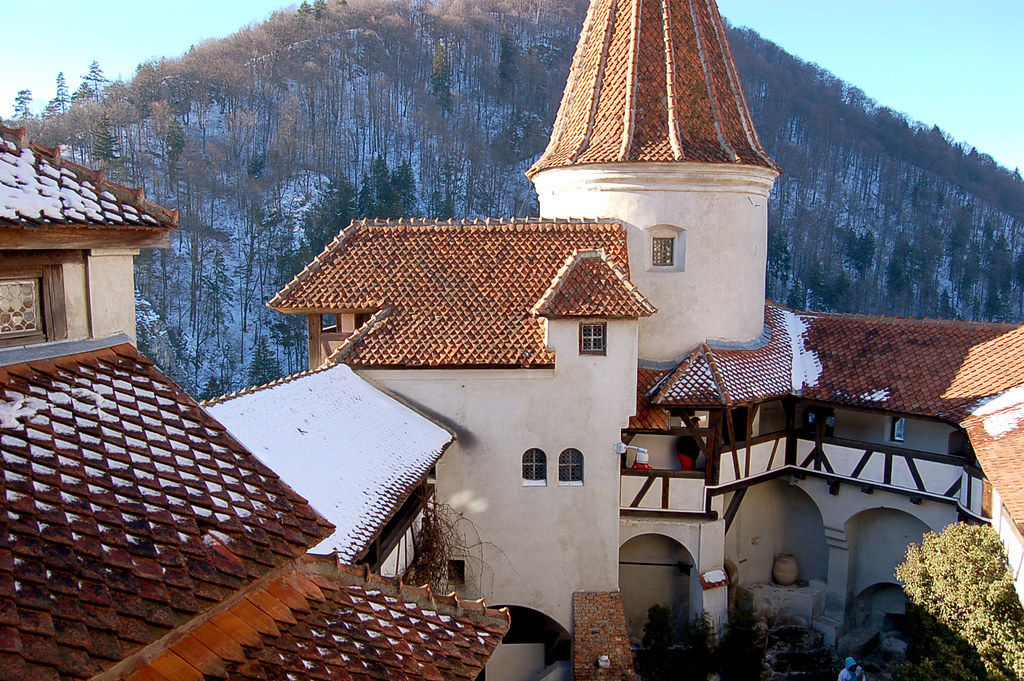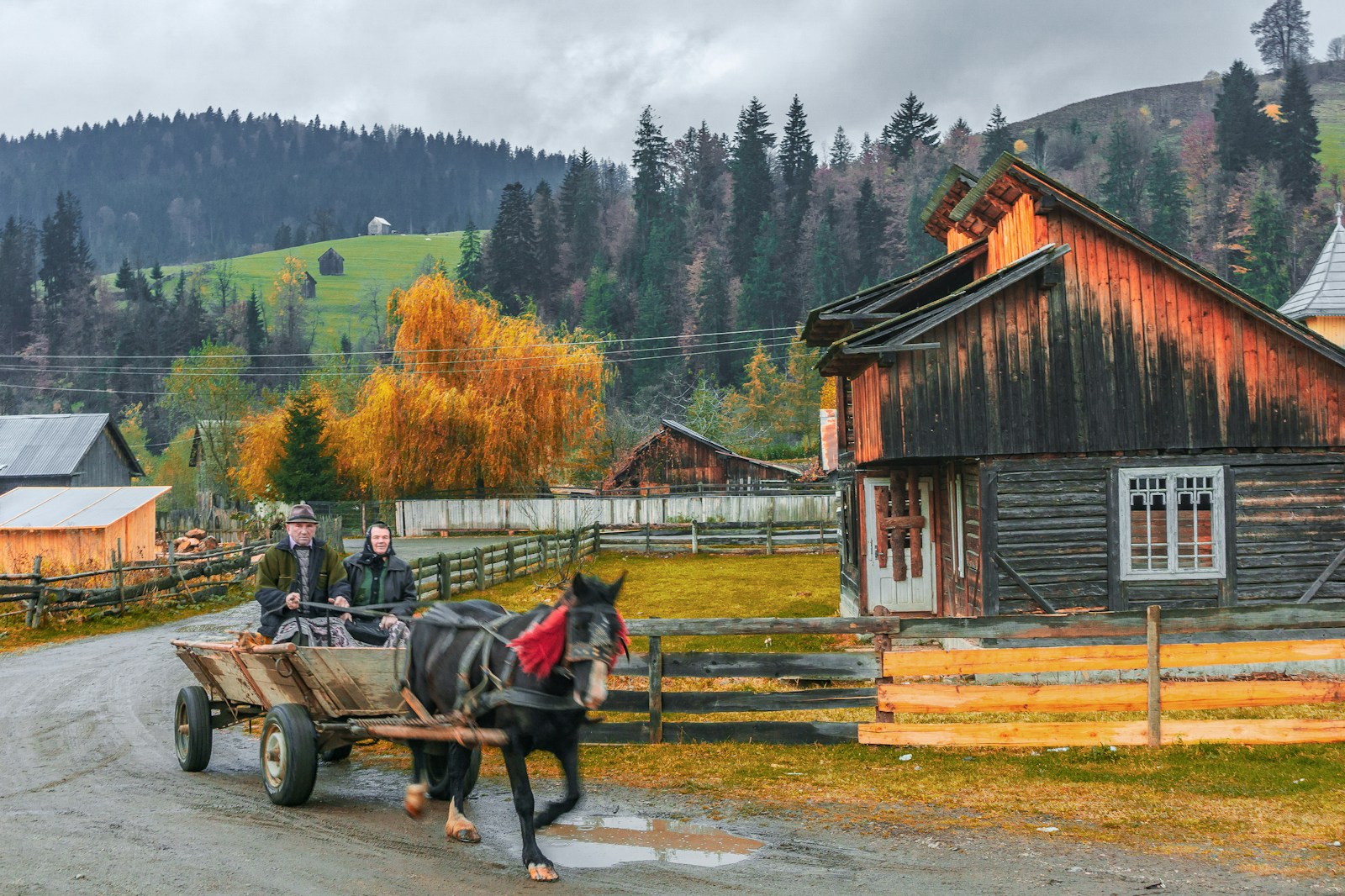Romania, a country of captivating landscapes, vibrant culture, and a rich historical tapestry, is best known for its association with the infamous Count Dracula. This iconic vampire, immortalized by Bram Stoker’s 1897 novel “Dracula,” has become a global symbol of mystery and horror. However, the roots of this legend delve far deeper, intertwining with real historical figures and ancient folklore. In this article, we explore the true stories behind Dracula and vampire myths, unraveling the enigmatic legacy that has defined Romania for centuries.
Vlad the Impaler: The Historical Inspiration for Dracula
Who Was Vlad the Impaler?
Vlad III, commonly known as Vlad the Impaler or Vlad Țepeș, was a 15th-century ruler of Wallachia, a region in present-day southern Romania. Born in 1431 in the medieval town of Sighișoara, Vlad was a member of the House of Drăculești, a branch of the House of Basarab. His father, Vlad II Dracul, was a knight of the Order of the Dragon, a chivalric order dedicated to defending Christianity against the Ottoman Empire. The name “Dracul” translates to “dragon” in Romanian, and “Dracula” means “son of the dragon.”
Vlad III’s infamous moniker, “the Impaler,” stems from his preferred method of punishing enemies: impalement. This gruesome practice involved driving a sharp stake through a person’s body, leaving them to die slowly. Though brutal, it was not uncommon during medieval times. Vlad’s extensive use of this method solidified his reputation as a fearsome and ruthless leader.
Vlad’s Military Campaigns and Leadership
Vlad ruled Wallachia during turbulent times, facing threats from both internal rivals and the Ottoman Empire. His reign, marked by political intrigue and constant warfare, was characterized by extreme measures to maintain control and deter invaders.
One of Vlad’s most notorious military actions occurred in 1462 when he launched a daring night attack against Ottoman forces led by Sultan Mehmed II. Though initially successful, Vlad’s army was eventually outmatched, forcing him to seek refuge in Hungary. Stories of his cruelty—including accounts of impaling tens of thousands of enemies—spread across Europe, contributing to his dark legend.
Vlad’s Legacy in Romanian History
Despite his brutality, Vlad the Impaler is regarded as a national hero in Romania. His unyielding resistance against Ottoman expansion is celebrated as a pivotal effort to preserve Wallachian sovereignty. Many Romanians view Vlad as a defender of their homeland, willing to employ extreme measures to protect his people. His complex legacy continues to inspire both admiration and fear.
Bram Stoker’s “Dracula”: Merging History with Fiction
The Birth of Count Dracula
Bram Stoker’s “Dracula” introduced readers to the aristocratic vampire Count Dracula, who terrorizes England from his castle in Transylvania. While Stoker never visited Romania, he drew heavily from historical accounts and folklore to craft his story. The name “Dracula” and some elements of Vlad the Impaler’s life served as inspiration, but Stoker’s creation is a wholly fictional character imbued with supernatural powers.
Count Dracula is a complex figure, blending charm and menace. His castle, set amidst Transylvania’s rugged terrain, adds to the novel’s gothic atmosphere. Since its publication, “Dracula” has become a cornerstone of vampire literature, inspiring countless adaptations in film, television, and other media.
Fact vs. Fiction
While Vlad the Impaler and Count Dracula share a name, their similarities are limited. Vlad was a mortal warrior driven by political and military ambitions, while Stoker’s Dracula is an immortal vampire with otherworldly powers. The connection between the two lies primarily in their shared name and Stoker’s use of Transylvanian folklore as a backdrop for his tale. The vampire lore central to the novel stems from centuries-old myths and superstitions rather than historical events.
The Origins of Vampire Myths in Romanian Folklore
Ancient Beliefs and Superstitions
Long before Bram Stoker’s “Dracula,” vampire legends were deeply rooted in Romanian folklore. Known as “strigoi,” these creatures were believed to be the restless spirits of the dead who returned to harm the living. Strigoi were thought to possess supernatural abilities, such as shapeshifting, controlling animals, and draining the life force of their victims.
The origins of these beliefs can be traced to ancient pagan traditions and early Christian teachings. In pre-Christian Romania, rituals were performed to protect the living from malevolent spirits and ensure the peaceful passage of souls to the afterlife. These customs evolved with the advent of Christianity, blending elements of both pagan and Christian traditions.
Identifying and Combating Vampires
Romanian folklore outlines various signs that a deceased person might become a strigoi. These include dying under unusual circumstances, improper burial practices, or exhibiting strange behavior during their lifetime. To prevent the dead from rising, families employed protective measures such as placing garlic in the coffin, burying the deceased with their head pointing west, or driving a wooden stake through the heart.
If a strigoi was suspected of haunting a community, villagers often turned to priests or wise women for guidance. Methods to neutralize the strigoi included exorcisms, decapitation, and burning the remains. These practices reflect the deep fear of the unknown and the desire to protect the living from malevolent forces.
Bran Castle: The Legendary Home of Dracula
A Medieval Fortress in Transylvania
Bran Castle, located in the Carpathian Mountains near Brașov, is often associated with Dracula. This 14th-century fortress, perched on a dramatic hilltop, has captivated imaginations with its gothic architecture and eerie ambiance. Although there is no definitive evidence linking Bran Castle to Vlad the Impaler, its imposing presence and strategic location have made it a symbol of the Dracula legend.
Visitors to Bran Castle can explore its winding staircases, hidden passages, and medieval chambers, immersing themselves in its mysterious allure. The castle’s connection to Dracula has turned it into a major tourist attraction, drawing thousands of visitors annually.
Tourism and the Dracula Legend
Bran Castle has embraced its Dracula association, offering themed tours and events that celebrate the vampire myth. While some argue that the connection to Vlad the Impaler is exaggerated, the castle’s role in promoting Romanian culture and history cannot be denied. In recent years, efforts have been made to present a more historically accurate narrative, highlighting the castle’s significance beyond the Dracula legend.
Modern Interpretations and Cultural Impact
Dracula in Film and Literature
Since its debut, Bram Stoker’s “Dracula” has inspired countless adaptations and reinterpretations. From Bela Lugosi’s iconic portrayal in the 1931 film to Francis Ford Coppola’s 1992 adaptation, the character of Dracula has remained a fixture in popular culture. These adaptations often explore themes of immortality, seduction, and the eternal struggle between good and evil.
The vampire genre has also flourished in literature, with authors like Anne Rice and Stephenie Meyer offering their unique takes on the myth. These modern stories, while diverging from traditional folklore, continue to captivate audiences with their exploration of human emotions and moral dilemmas.
Romania’s Role in the Vampire Narrative
Romania’s association with Dracula has boosted its tourism industry, drawing visitors eager to experience the land of vampires. Tour operators offer specialized packages that include visits to Bran Castle, Vlad’s birthplace in Sighișoara, and other historical sites. While the Dracula legend is a significant draw, Romania’s appeal extends beyond the supernatural. The country’s stunning landscapes, medieval towns, and vibrant culture offer a rich and diverse travel experience.
Romania’s Dual Identity
The legend of Dracula intertwines fact and fiction, reflecting humanity’s fascination with the mysterious and macabre. While Vlad the Impaler and Count Dracula occupy different realms, they share a legacy that continues to captivate the world.
For travelers to Romania, understanding the historical and cultural context behind the Dracula myth adds depth to their experience. By exploring the real stories and folklore that inspired the vampire legend, visitors can gain a greater appreciation for Romania’s rich heritage.
Whether drawn by the allure of Dracula or the beauty of Romania’s landscapes, visitors are sure to leave with lasting memories. This enchanting land, steeped in history and mystery, offers a journey into the heart of one of the world’s most enduring legends.





Leave a Reply